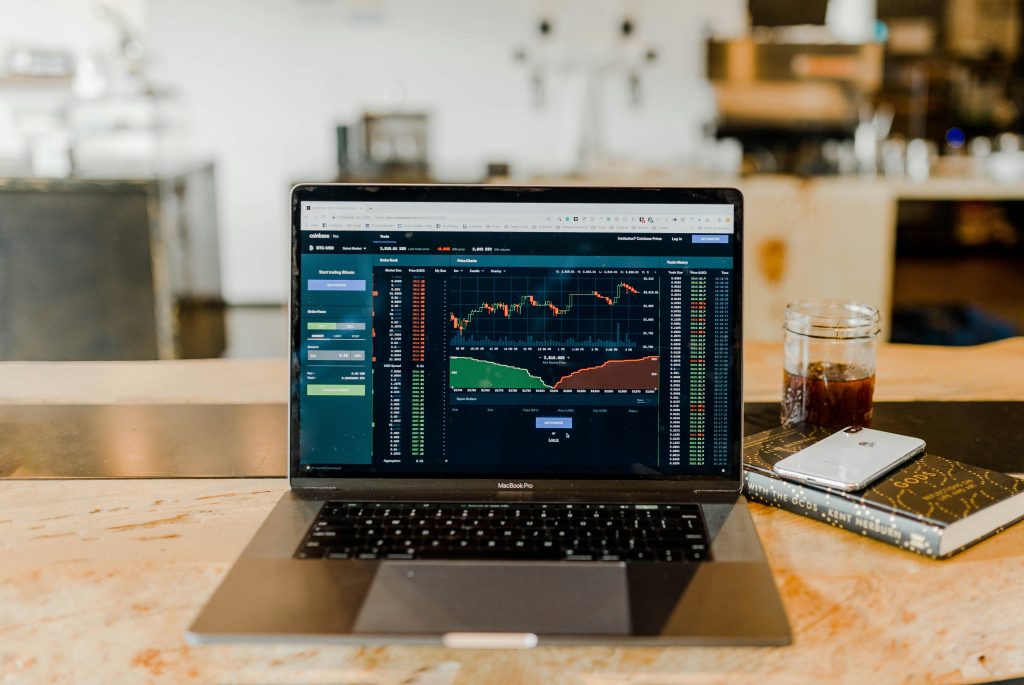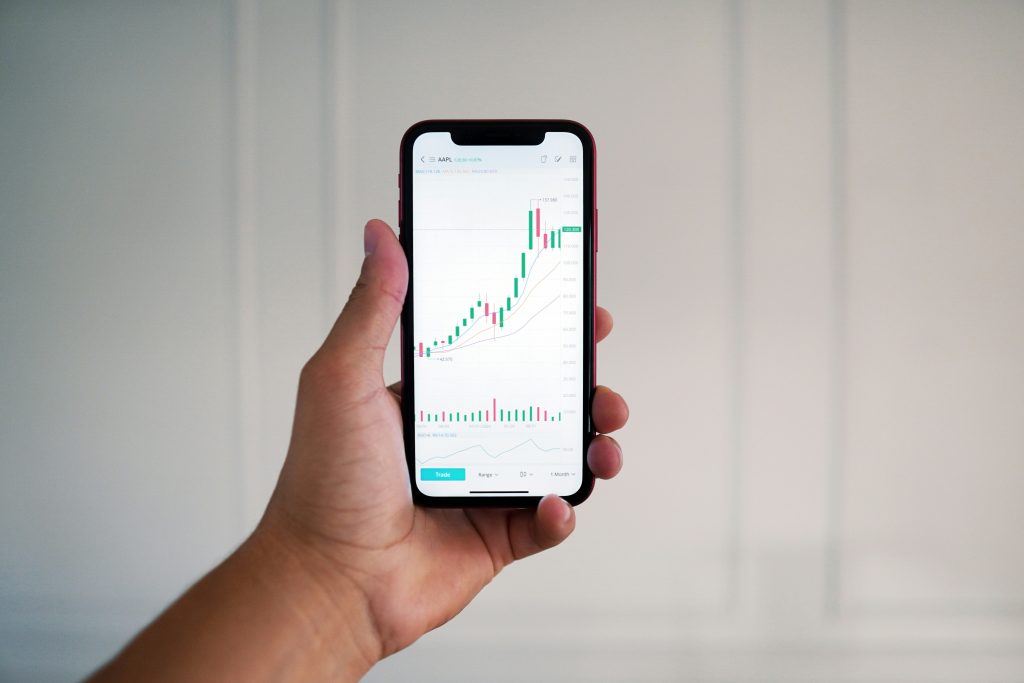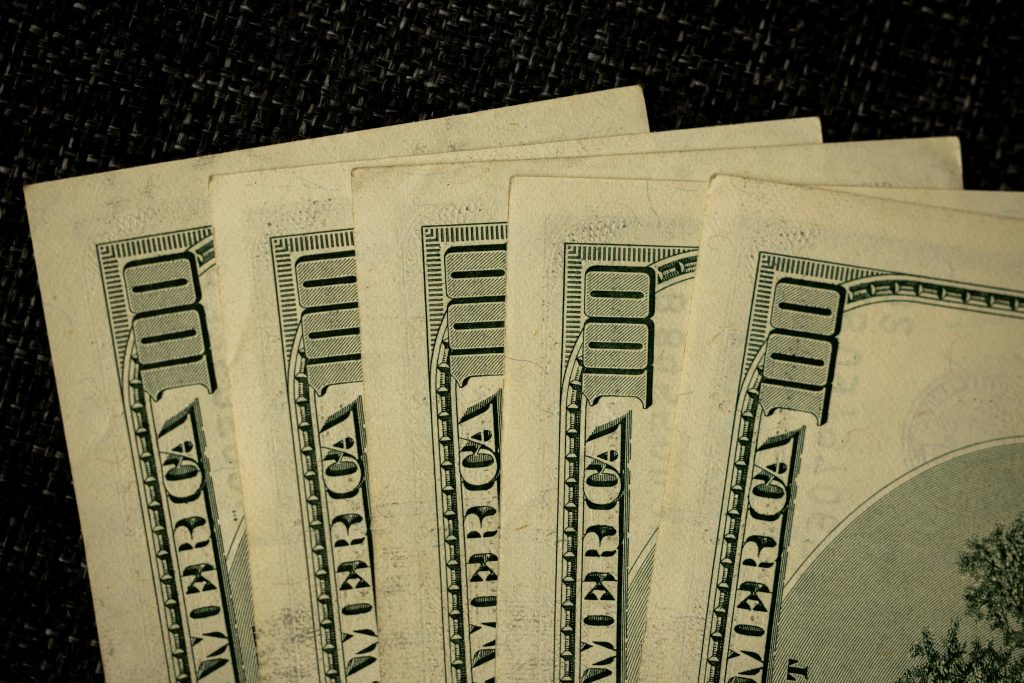Most people trade stocks, ETFs, and mutual funds before they hear about options trading. These assets can produce much higher returns than stocks but also come with greater risks.
For many people, Reddit groups like Wall Street Bets serve as their introduction to options trading. Options trading looks interesting when you see someone turn $350k into $8 million in two months. However, you’ll also hear about people who lost their entire $400k portfolio in less than one year.
The high-risk, high-reward nature of options trading has attracted speculative traders (borderline gamblers) while keeping buy-and-hold investors away. While options trading can operate under the extremes, there are also a bunch of ways for long-term investors to capitalize on options. We’ll discuss some strategies and cover everything you need to know about options trading.
Options Trading Explained
You can trade options on most publicly traded companies and some ETFs. These contracts, also known as derivatives, give you the right to buy or sell 100 shares of a stock or an ETF at a predetermined price on a specific date.
Calls give you the right to buy 100 shares of a stock or an ETF at a specified price, while puts let you sell 100 shares at a specified price. Those are the only two types of options available, but you can implement various options trading strategies with those contracts.
It sounds complex in theory, but as you get experience, options trading becomes easier to grasp. However, it’s good to have foundational knowledge before you get started. These are some of the key terms to know that will help you understand any stock options quote.
- Premium: How much you have to pay to buy a call or a put
- Strike price: The agreed-upon price between the buyer and the seller, which lets the buyer exercise the option
- Expiration date: The day that the options contract expires
Calls vs. Puts
You can only trade call and put options. These derivatives experience sharp price fluctuations as the underlying asset’s price changes. Calls gain value when the underlying stock’s price increases, while a put gains value when a stock loses value.
Essentially, buying puts allows you to go long, while puts let you short a stock. In both cases, the buyer can only lose as much as they invested into the option. If you pay a $1,000 premium for a call or a put, it is impossible for you to losemore than $1,000 on that trade (excluding commission fees).
Options traders who are long on calls or puts want the stock price to move sharply in their direction. That’s how a call or put becomes more valuable. If the underlying stock’s price remains flat, calls and puts will both lose value due to time decay.
Time decay represents how an option loses value as the expiration date gets closer. An option that expires in one week will have more time decay than an option that expires in one year. However, the option that expires sooner will have a lower premium than the option that expires in one year.
Example of Buying a Call
Assume shares of XYZ stock trade at $100 per share. An investor can buy a call with a $105 strike price and pay a $3 premium, bringing up the breakeven price to $108/share. Some options are done in multiples of 100, a single contract costs $300 and lets you purchase 100 shares at $105 apiece.
The option expires in three months, giving the trader some time to wait for the price to move higher. If the stock rises to $120 per share, the trader realizes a $1,200 profit in this position. That’s a 4x return since you only paid $300 for a $1,200 profit. Some investors will sell their call and get out of the position before it expires, while other investors will exercise the option and buy 100 shares at $105 apiece.
However, not all options trades will move in your preferred direction. If the stock remains below $105 at expiration, the call will expire worthless, and you will lose the premium.
Example of Buying a Put
Puts are the inverse of calls. Good news for puts is bad news for calls, and vice-versa. Using the same XYZ stock example, assume an investor felt bearish and decided to pay a $1 premium for the right to sell shares at $90 each. This put expires in three months.
Notice how the premium is lower since the gap between the strike price and the current price is $10 in this example. Calls and puts can also have different premiums, even if the gap between the strike price and the actual stock price is the same. Calls may be more expensive than puts, and vice-versa, depending on which type of option has more demand right now.
If the stock plummets from $100 to $80, the trader will realize a $900 profit after accounting for the premium. That’s a 9x return. However, if the stock only drops to $91 per share at the expiration date, the put expires worthless.
Selling Options
While you can buy calls and puts, you can also sell them and earn the premium. This strategy can boost your cash flow and potentially outpace a dividend portfolio’s yield. However, it’s good to know the pros and cons before getting started.
When you sell a call or a put, you immediately receive the premium. You can use this premium for any purpose: trade options, buy stocks, or transfer the funds to your savings account. Naked options selling is a bit too risky since your losses are unlimited. That’s why we will only touch on covered calls and cash-secured puts.
What Are Covered Calls?
Covered calls allow you to earn additional cash flow from your favorite stocks. If you own 100 shares of a company, you can sell a call and realize a premium. Then, you only have to sell your 100 shares if the stock price exceeds the strike price at expiration. If the stock price is below the strike price at expiration, you don’t have to sell your shares and get to keep the premium.
For instance, if you have 100 shares of ABC stock (valued at $50/share in this example), you can sell a covered call with a $55 strike price and realize a $1 premium. In this example, the call expires in two weeks. You’ll receive $100 right away, even if the option expires worthless. However, if the stock rises to $60 after two weeks, you miss out on an extra $400 (your only gains are based on the $55 strike price plus the $1 premium).
In theory, ABC stock can soar to $100/share, but you still have to sell shares at $55 apiece if you use this strategy. You can set further out-of-the-money options to decrease the chance of having to sell your shares, but you will also end up with lower premiums.
What Are Cash-Secured Puts?
Cash-secured puts require that you have enough cash in your account to buy 100 shares at the desired strike price. Assume a long-term investor likes ABC stock but thinks that it’s overvalued at $50/share. The trader can sell a cash-secured put with a $47 strike price and receive a $2 premium.
If the stock continues to gain value, the trader only gets the premium. However, if the stock drops below $47/share and stays there at expiration, you will receive 100 shares. The risk with this strategy is that if the stock tanks to $30/share, you have to buy 100 shares at $47/share at expiration. Cash-secured puts are only good if you are comfortable with holding the stock for the long run.



